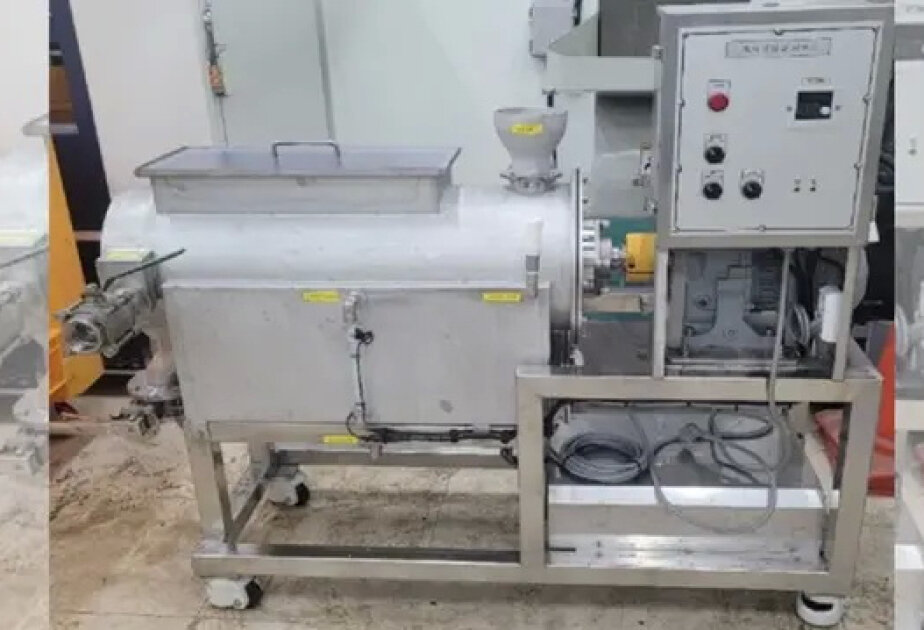New ultrasonic device slashes sea sand salinity to 0.04% for safe construction use
 The construction industry worldwide faces a growing shortage of river sand, a critical material for building roads, bridges, and harbors, according to Interesting Engineering.
The construction industry worldwide faces a growing shortage of river sand, a critical material for building roads, bridges, and harbors, according to Interesting Engineering.
As river sand becomes increasingly restricted due to environmental regulations and overextraction, builders are turning to sea sand as an alternative.
However, sea sand contains high levels of salt, which can corrode steel rebar in reinforced concrete, threatening the longevity and safety of structures. Removing this salt efficiently has remained a significant challenge for engineers.
Addressing this issue, the Korea Institute of Ocean Science & Technology (KIOST) has developed an ultrasonic washing device that removes salt from sea sand effectively.
Researchers say the technology not only conserves water but also ensures construction materials meet strict safety standards.
Desalination of sea sand is essential because residual salt accelerates corrosion of steel reinforcements in concrete. Corroded steel weakens structures and can lead to premature failure, creating both safety hazards and economic costs.
The Ministry of Land, Infrastructure and Transport recommends a maximum salt content of 0.04% for sea sand used as aggregate in construction.
Traditional desalination methods involve washing sand with large amounts of water, typically requiring around four tons of water to process one ton of sand. These processes are slow, inefficient, and unsustainable in areas facing water scarcity.
Dr. Gil-Lim Yoon of KIOST’s Ocean Space Development and Energy Research Department designed the ultrasonic desalination device to overcome these limitations.
Its main technical features include cavitation-driven washing, strong particle clearance from bubble collapse, enhanced penetration, and non-contact cleansing using ultrasonic energy.
The ultrasonic device works even in confined spaces, providing precise and rapid desalination. The process mixes sea sand with water at a 1:2 ratio and applies ultrasonic waves of 300W or higher for three minutes.
Tests show this method reduces the salt concentration in sea sand to 0.04% or below, meeting construction safety standards.